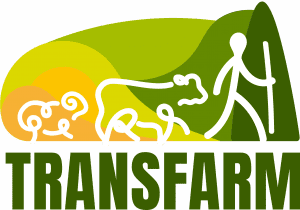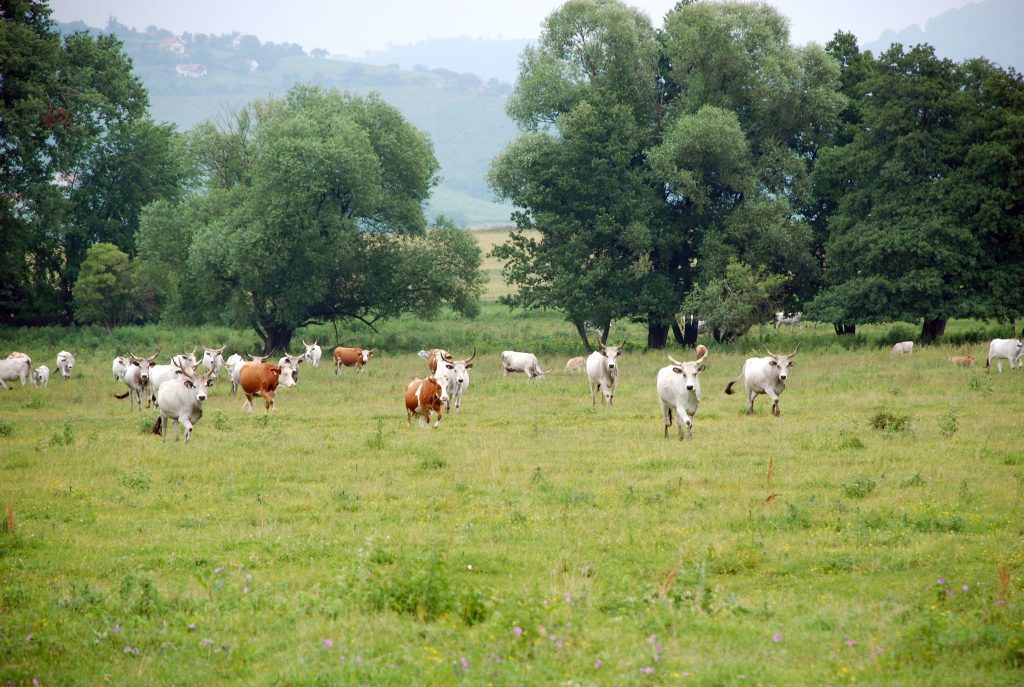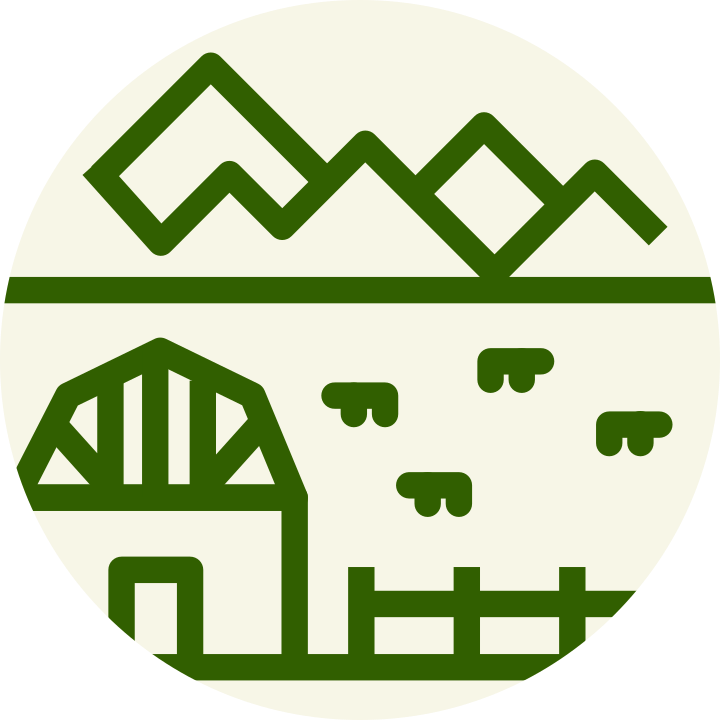Livestock grazing is used for conserving biodiversity in larger areas in national parks. Movement is along short, less-than-a-day routes and among pastures. The pastures are used for feeding the stock and/or for grassland management when the grass must be kept low to protect habitat or species, e.g. the Hungarian meadow viper. To preserve genetic diversity of livestock, ancient Hungarian breeds are used for grazing.









